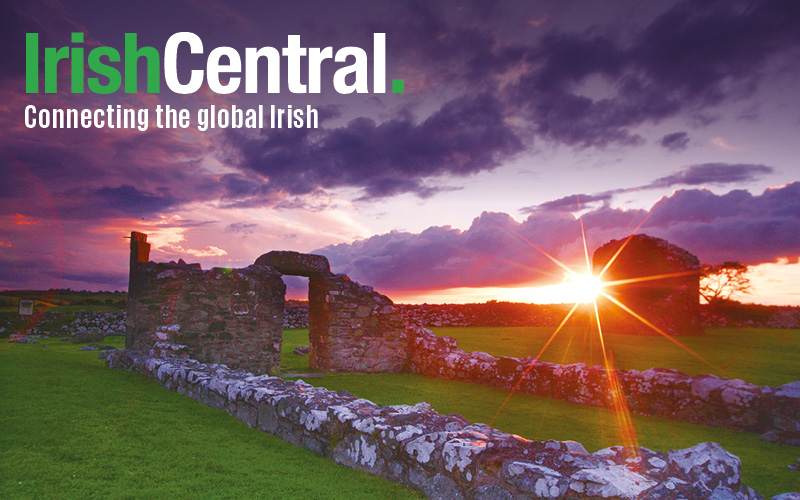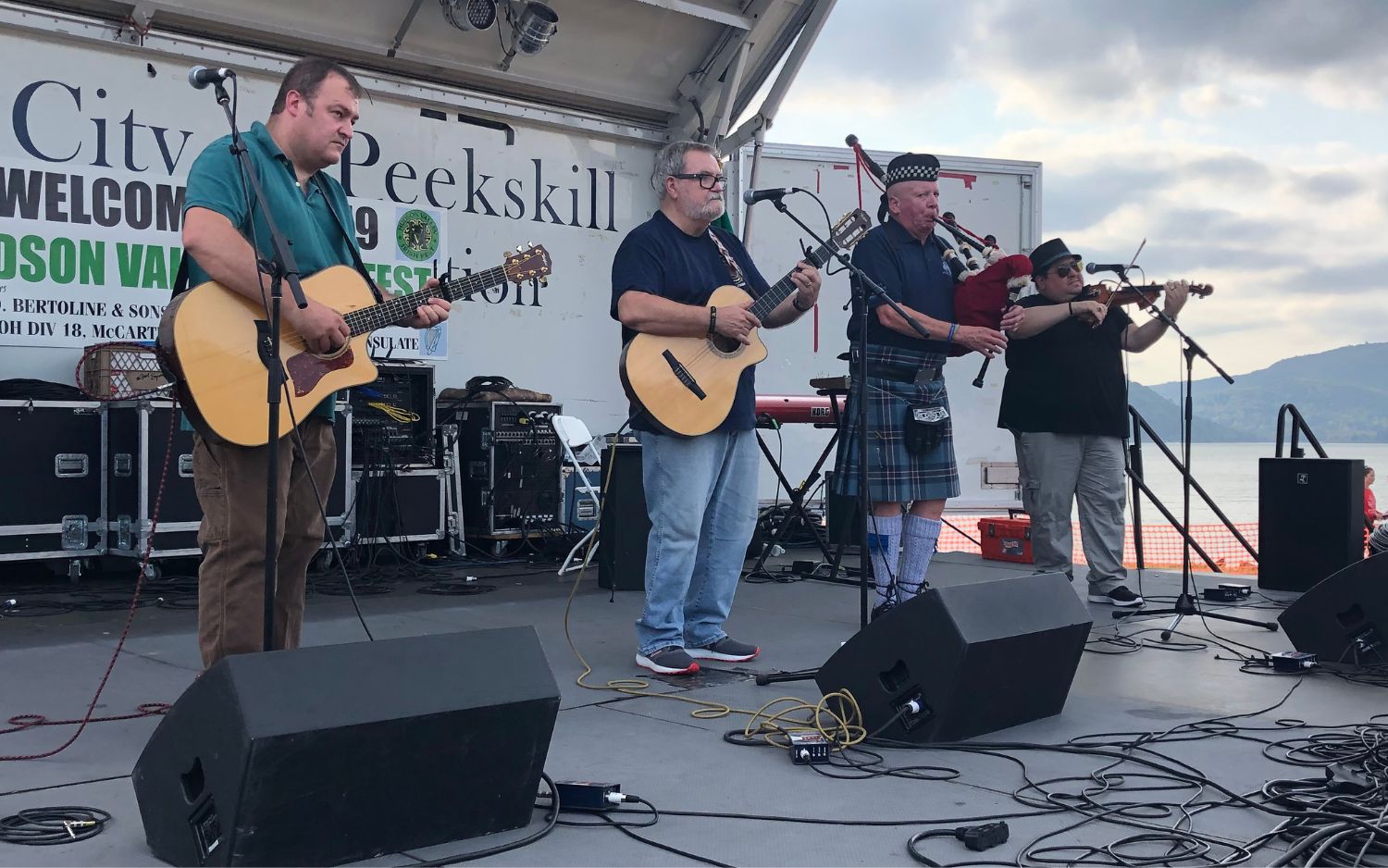The Llanguage of Irish dance for beginners and non-Irish dancers.
The place:
If you've never been to an Irish dance competition, then going to one is a bit like stepping onto another planet where wigs and rhinestones and loud shoes making rhythmic, percussive noise is the norm.
First, if you're there, you've figured out that only a non-Irish dance person would call what you're at a competition. You're at a feis. Hello! Welcome!
And so begins your Irish dance language lesson!
Let's start there. Feis is pronounced fesh.
If you're talking about more than one feis, you're talking about feisanna. Feisanna are supposed to be gatherings that have not just Irish dance, but events and contests in other Gaelic arts such as soda bread baking, art, and Gaelic language, poetry, and singing. Technically, if it's just Irish dance and music that are involved, it's called a feile (pronounced fay-leh), but feis is the most often used name.
Feisanna are usually crowded and organized chaos. Watching the talented dancers makes it all worth a bit of close-quarters though. Feisanna are held in anything from hockey rinks - sans ice, of course, hotel ballrooms, high school or university gymnasiums, and even at outdoor Celtic festivals
So, now you know where you are- a feis! Always a good start for anyone.
The People:
Certified Irish dance teachers, you'll find are called T.C.R.G.s.
Judges or adjudicators in Irish dance are called A.D.C.R.G.s.
These letters stand for Teasgicoir Choimisiuin Le Rinci Gaelacha and Ard Diploma Choimisiuin Le Rinci Gaelacha respectively. These titles are given only after passing some pretty amazingly intense tests and are conferred only by the international governing body of Irish dance, An Coimisiún le Rincí Gaelacha in Ireland.
We're on a roll now. Soon you'll be sounding like a regular Irish dance pro!
The attire:
Looking around, you'll see clothing that is specific to Irish dance.
First, we'll look at the girls. The majority of the girls are wearing high, bumpy, white socks. These are called poodle socks. The shoes on their feet that lace across the foot and around the ankle are called ghillies (pronounced with a hard "g"). Ghillies are occasionally called poms or pumps, as well as reel shoes or light shoes.
Those beautiful Irish dance dresses are called solo dresses or costumes.
Both the boys and girls wear the same kind of shoes for their hard shoe dances. These shoes have fiberglass under the toes and heels of the sole of the shoes. They are called heavies, hard shoes, or jig shoes.
The Irish dancing boys wear a soft shoe for their reels. The shoes have fiberglass heels and are called reel shoes or light shoes. Boys' vests in Irish dance are called waistcoats.
The moves or steps:
Irish dancing is called "step dance" because each move in Irish dance is called a step. Put enough of them together for the right amount of beats of the music, and then reverse them and do the same thing on the other foot, and you're Irish dancing.
Some of the more common "steps" are beats, cuts, overs, lifts, and sevens. Of course, these are best shown by example!
If you're watching Irish dancers, and you see something interesting, just gently elbow anyone near you at a class or feis and say, "Hey, what's that move he just did called?" You'll learn something new, and quite possibly make a new friend in the Irish dance world. You'll learn lots this way and become as good as most of us moms of Irish dancers are at throwing about terms like front clicks, hit-it-throughs, and bicycles before you know it!
Different regions and schools have different names for steps too-- just to make it all a bit more difficult, but for the most part, they are the same.
When Janet Jackson said, "Give me a beat," She didn't mean this dance step. A "beat" is a step that most boys do not do. While high on the toe and hopping on one foot, the other foot puts its toes to the opposite knee.
A "cut" is a move that brings one foot up with a sharp point to the opposite hip.
"Sevens" are similar to what most people called grapevines as far as a dance move. Done with good turnout, they are easy to spot. You can sometimes hear kids practicing. The words will be similar to this run of steps: "Beat, two, three, four, five, six, seven." That'd be a "beat" into "sevens". The numbers correlate with the steps sideways in a back-stepping grapevine kind of move.
"Lifts" are a high, straight, one-legged kick that show flexibility and grace.
Now, we get a little more difficult. The next step that one hears often is called "overs" or an "over". It is a leap with one foot tucked squarely under the bum. Very hard to do with arms straight at the sides while trying to keep back straight also and getting good height.
There are double clicks that are done by boys in both their hard and light shoes and girls in their hard shoes. The double clicks have the dancer going straight up while keeping their feet in good turn out clicking their heels quite quickly. Easier to see in motion than explained or photographed.
Then there are front clicks that look like a great, high scissors kick with a click of the hard heels of the shoes when the feet pass each other. Quite dramatic. Also, a hard move to photograph, but here's a good shot of Neil of South Africa in the middle of doing a front click.
I'm sure there are steps that I'm leaving out, but these should get you to feeling like you know what people are talking about when they start throwing about these terms and steps and words.
Oh! And "bicycles"! You'll know them when you see them. They are super fast and look like the dancer is doing a quick pedaling of a bicycle in mid-air.
Just for good measure, here's one more step that's very dramatic and on the more difficult end of things if done correctly. The step is called a "hit-it-through". If you've got a different name for it, please let me know.
I'm sure with regional differences, these steps and terms and words might be a tad bit different in different areas. It's always interesting to hear the differences when I've come across them.
Enjoy your new Irish dance language. It's a fabulous world of really fun-loving, friendly people. You'll fit right in.
Happy feising!!




Comments